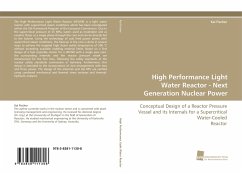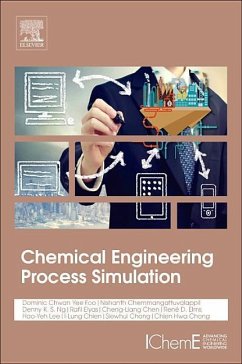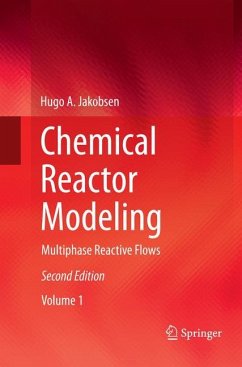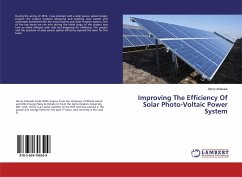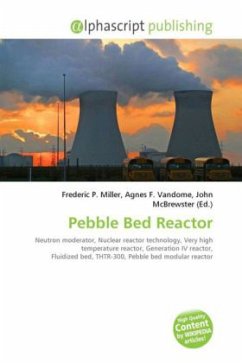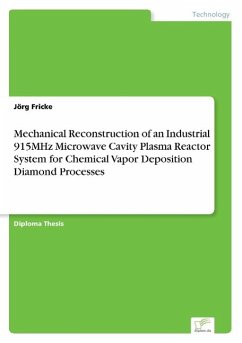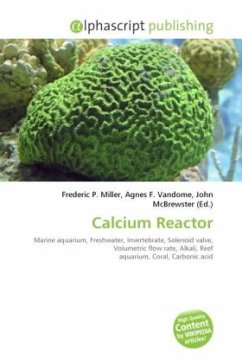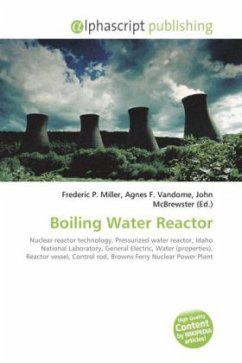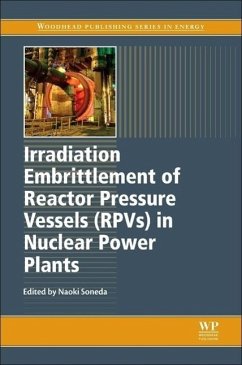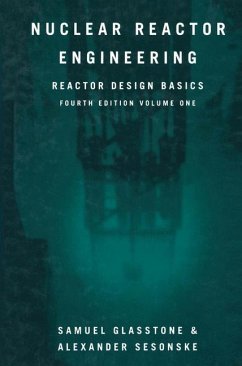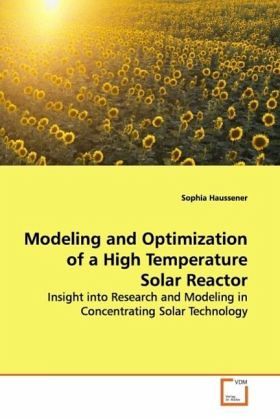
Modeling and Optimization of a High Temperature Solar Reactor
Insight into Research and Modeling in Concentrating Solar Technology
Versandkostenfrei!
Versandfertig in 6-10 Tagen
32,99 €
inkl. MwSt.

PAYBACK Punkte
16 °P sammeln!
A solar reactor consisting of a cavity-receivercontaining an array of tubular absorbers isconsidered for the high temperature step of thezinc/zinc oxide thermochemical redox cycle usingconcentrated solar energy. The reactor is dimensioned, analyzed and optimizedwith the aim of maximizing efficiency and reactionconversion. 2D and 3D simulations of an 8kW reactor areimplemented. Temperature distribution, reactionefficiency, tube efficiency and reaction conversionare analyzed to find the most promising reactor design.Additionally, basic knowledge in state of the artconcentrating solar technology,...
A solar reactor consisting of a cavity-receiver
containing an array of tubular absorbers is
considered for the high temperature step of the
zinc/zinc oxide thermochemical redox cycle using
concentrated solar energy.
The reactor is dimensioned, analyzed and optimized
with the aim of maximizing efficiency and reaction
conversion.
2D and 3D simulations of an 8kW reactor are
implemented. Temperature distribution, reaction
efficiency, tube efficiency and reaction conversion
are analyzed to find the most promising reactor design.
Additionally, basic knowledge in state of the art
concentrating solar technology, design of
experiments, radiative heat transfer, Mie theory,
diffusion, reaction kinetics and in how to approach
modeling tasks is given.
The results of the optimization study show that the
most significant factors are the concentration of the
solar incoming radiation, the zinc oxide mass flow,
the number of absorber tubes and their dimensions.
containing an array of tubular absorbers is
considered for the high temperature step of the
zinc/zinc oxide thermochemical redox cycle using
concentrated solar energy.
The reactor is dimensioned, analyzed and optimized
with the aim of maximizing efficiency and reaction
conversion.
2D and 3D simulations of an 8kW reactor are
implemented. Temperature distribution, reaction
efficiency, tube efficiency and reaction conversion
are analyzed to find the most promising reactor design.
Additionally, basic knowledge in state of the art
concentrating solar technology, design of
experiments, radiative heat transfer, Mie theory,
diffusion, reaction kinetics and in how to approach
modeling tasks is given.
The results of the optimization study show that the
most significant factors are the concentration of the
solar incoming radiation, the zinc oxide mass flow,
the number of absorber tubes and their dimensions.



